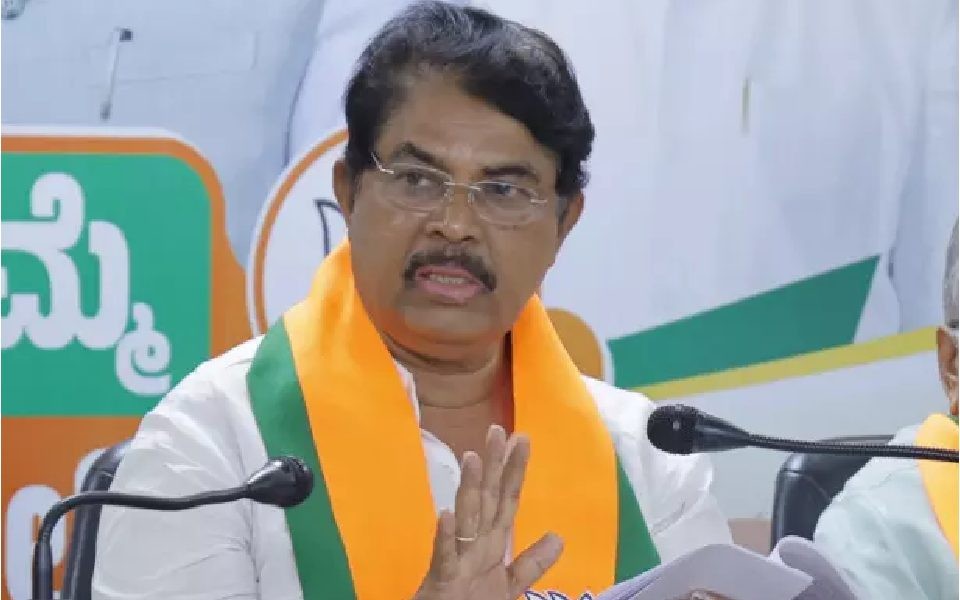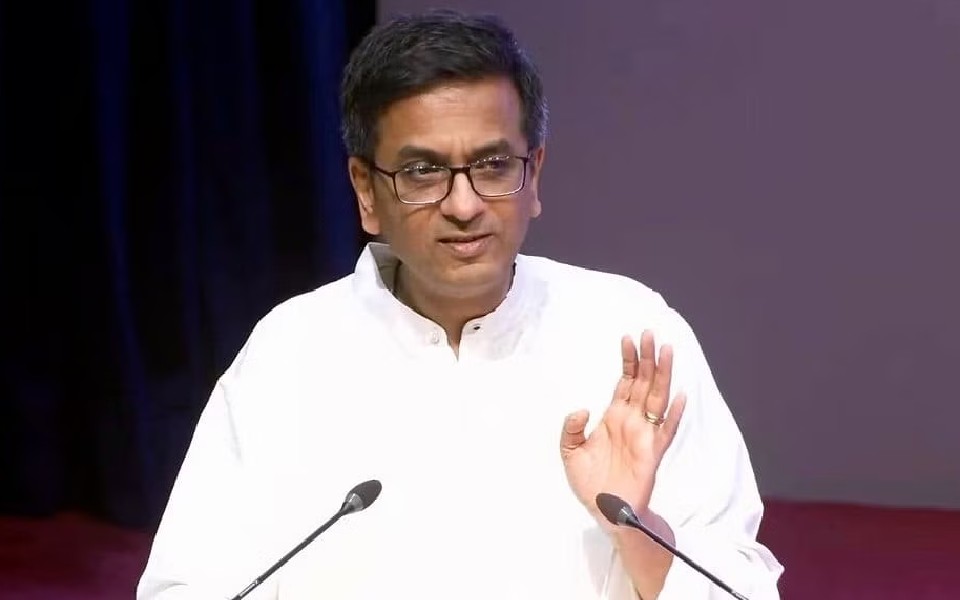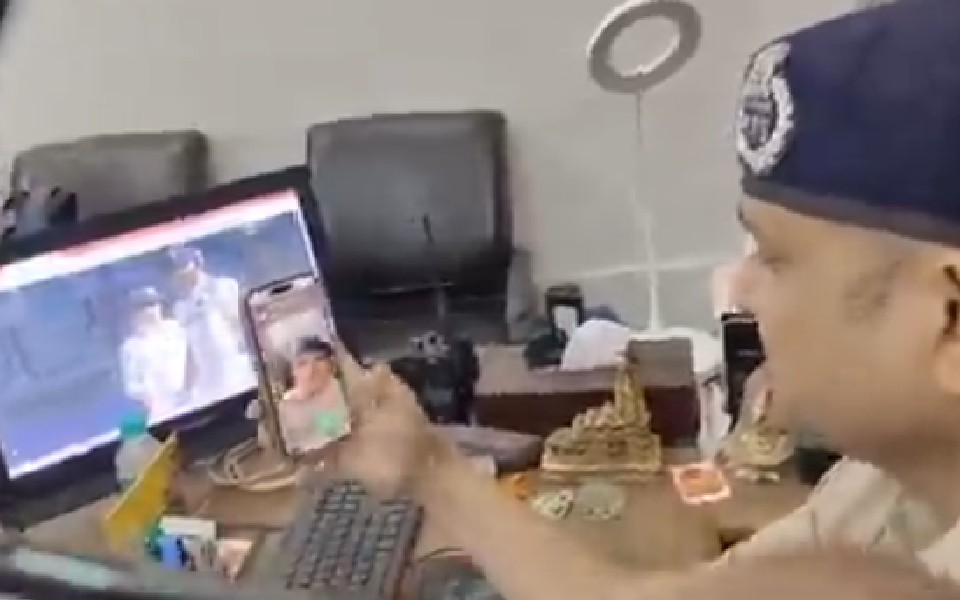Bengaluru: Karnataka Governor Thaawar Chand Gehlot has been accorded Z+ security by the Union Home Ministry, following a security review. The enhanced security, which was previously managed by the state police, will now be overseen by the Central Reserve Police Force (CRPF), Raj Bhavan officials confirmed. Armed CRPF personnel will accompany the governor in shifts during his travels across the state.
The decision was based on a review conducted by central intelligence agencies. Although the specific reasons behind the upgrade remain unclear, it is believed to be connected to the governor's approval of an investigation into the Mysore Urban Development Authority (MUDA) case, which allegedly involves Chief Minister Siddaramaiah and his wife.
This security upgrade follows protests from Congress, including a controversial statement by Congress MLC Ivan D'Souza, who warned of a ‘Bangladesh-type agitation’ to remove the governor. In response, the Karnataka government had already provided Gehlot with a bulletproof vehicle.
While all governors are eligible for Z+ security, Gehlot, who assumed office in July 2021, had not opted for this level of protection until now. The Centre extended the enhanced cover after the latest threat assessment, which is conducted every six months. The CRPF has taken charge of the governor’s security, with additional procedures expected to be finalised this week.
Gehlot, 76, previously served as the Union Minister of Social Justice and Empowerment from 2014. He is the first person from Madhya Pradesh to hold the position of Governor in Karnataka.
Let the Truth be known. If you read VB and like VB, please be a VB Supporter and Help us deliver the Truth to one and all.
Srirangapatna (Karnataka), Nov 24: The Leader of Opposition in the Karnataka Assembly R Ashoka on Sunday said the Congress party’s victory in the bypolls held for three assembly constituencies is not a clean chit to Chief Minister Siddaramaiah in the MUDA scam.
He said the case is still going on in the court of law.
“MUDA case against Chief Minister Siddaramaiah is still in court but he is calling the bye-election result itself as a clean chit. Only courts can give clean chit and not the elections,” Ashoka said while addressing a gathering in Taggalli in Srirangapatna.
Later, speaking to reporters, Ashoka said results of the bypoll held for three assembly constituencies of Channapatna, Shiggaon and Sandur is a victory of money and not a victory of Congress. The BJP leader said his party’s fight will continue against the corruption of the Congress government.
ALSO READ; Have won in people’s court, says Karnataka CM Siddaramaiah on by-poll results
Separately, in a post on social media ‘X’, Ashoka said the ruling Congress is under the illusion that they have won three worlds just by winning the by-election by diverting money and winning the votes of one community through appeasement politics.
He took a dig at Siddaramaiah for his statement that the opposition had spread lies with regard to the allegation of "Rs 89 crore embezzlement" in the Karnataka Maharshi Valmiki Scheduled Tribe Development Corporation.
“Didn't you yourself admit in the Karnataka assembly that crores of money were misappropriated in the Valmiki Corporation, is that a lie?” Ashoka questioned.
He has also asked the CM whether returning of 14 sites by his wife Parvathi B M in the MUDA scam was an indirect confession of his crime. “Is it a lie when the Karnataka High Court loudly said that an investigation is needed against you in the MUDA scam?” the BJP leader asked.





